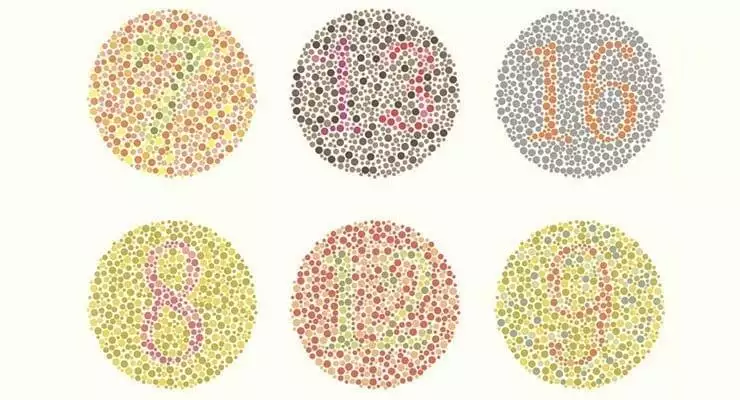Color blindness affects around 1 in every 25 children. Often called color vision deficiency, this condition affects far more boys than girls. Eight percent of boys have some type of color deficiency, as opposed to less than 1 percent of girls. A color blindness test for kids can determine whether or not your child suffers from this condition.
Cause
Color blindness is caused by a hereditary condition. This means that children with color blindness are born with it, and it cannot be cured. Nerve cells located in the back of the eye called “cones” are responsible for seeing and identifying a color. In children with color blindness, some or all of those cones are missing. In normal-sighted children, the cones start gradually developing at the age of 4 months. Until then, all babies are colorblind.
Types
Being colorblind does not necessarily mean you can’t see any colors, although this is a common misconception. By far the most common type of color blindness is the inability to distinguish between the colors of red and green. An inability to see any color at all, which is called achromatopsia, only occurs in about one out of every 40,000 babies.
Symptoms
Children who are color blind may use the same name for different shades or colors. They may confuse colors, select the wrong color when asked or draw with non-typical colors, such as using red for grass. They may not be able to identify colors at an age when they should be able to name them (about 4 1/2 years old).
Color Blindness Test for Kids
Most children are tested for color blindness at around 4 years of age as part of a vision test. The doctor will simply ask the child to identify a red and green line. If the child cannot correctly identify the colors, more testing will be given. In most cases, the child is shown pictures that are composed of colored dots. If a child cannot see a certain picture or shape (usually composed of red or green dots), then there is a good chance he is colorblind.
Expert Insight
Color blindness does not have to limit a child’s ability to function. Teaching her the position of traffic lights, for example, can help a child who cannot see red or green. Using other attributes to describe items, such as size, texture or shape, can help a child function better than asking her to get “the yellow shirt.” Colorblind children can lead a normal, healthy life. Most children and adults with a color deficiency do not view it as a handicap at all.






